An Oud Taqsim is probably one of the most well-known musical forms in the Middle East. If you want to play the Oud, you must learn how to play a Taqsim, an Oud solo. Without going into too many details about maqams and theory, here are 6 essential things to think about when you are practicing your taqsim.
1. Opening Your Oud Taqsim
The opening first notes that you play are important. It tells the listener what you are going to play. It is important to start strong, with an original melody that sounds pleasing to the ear. Here you are starting a conversation, so it’s important to make sure your listener knows what you’re talking about.
Imagine going to a party. You dress well, you’re invited, you know some people at this party, and you’re excited to meet some new people. You feel confident, and you want to make a good first impression. So you open the door with confidence, you hold yourself high with your chest sticking out and your back straight. You smile, speak strongly and enthusiastically with the people you first see. This is a good way to start a taqsim.
Listen to the way Simon Shaheen starts this taqsim.
Establish the root of the maqam you want to play, but don’t play frantically with so many strokes. Pause between phrases a few times, you can hold a drone note before your next phrase, or you can pause with silence to create anticipation. While you have paused you start to think about…
2. Development
You know what maqam you want to play, so now think about the important notes in this maqam which give meaning to the melody. You can start by thinking about the tonic or starting note of the maqam, the 3rd note in the scale, the 4th note, the 5th note, and the octave. What feeling does this create for each maqam? With these ideas in mind…
3. Say Something
Use the instrument like your voice, and say what you want to say. You can say it as fast or as slowly as you want, everybody is different. You can keep it short and sweet, or you can drag it out. But don’t forget to be aware of your audience. They are listening to you. If you have nothing to say after a while, it’s okay to pause and play drone notes on one note before you move on.
But don’t forget to make a point. Have a direction and purpose to what you’re saying.
4. Modulation
Once you’ve said all you want to about a certain topic, think of modulation as going to your next topic or next point in your discussion. Moving to another point or topic usually follows somehow what you’ve been saying just before. This is how modulation works too, it follows in some logical way, but there are many logical ways to do it. Decide how you are going to connect each maqam, and think about the different ways to do it. After a lot of practice this becomes second nature and your playing will more easily reflect the whims of you mind and body, and naturally improvise. Also remember that taqsim are improvised, and as Wissam Joubran pointed out in the Words of Wisdom article, that “improvisation is coming from a background”, something you have heard before, or created yourself, and you are now creating again and again.
5. Ending Your Oud Taqsim
Once you have expressed yourself fully and find yourself coming to the end of your conversation, decide which maqam you’re ending with and make a conclusion or a resolution. In general, Farid Al-Attrash’s taqsim have a characteristic arc to them. They grow in energy and movement, and reach a point where the energy is very ecstatic. This is the climax of the Oud taqsim. After this, it is necessary to resolve the melody at the root of the maqam you are playing, and to make it rich!
Making it rich means, make it obvious that you are done and that you have finished, and that you made your point well. Give the resolution energy and vitality. Play full. Usually, a lot of tremolo is used in the resolution. This is terribly difficult to describe in words, so let’s listen Farid do it himself:
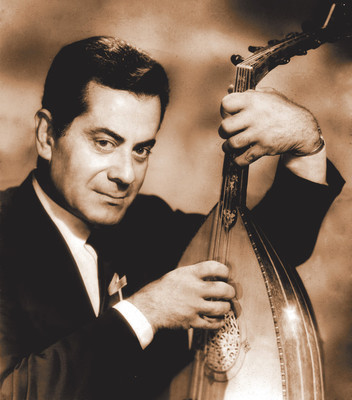
6. Awareness and Breath
In every part of your playing, whether you are playing an Oud taqsim or playing a tune, an important thing to practice is your breathing. Always be aware of your breathing. Breath naturally, or you can even exaggerate your breathing when you first practice this. Release any tension in your playing by means of your breath. If you are tense, the audience will feel it. I have been told that your breath is the way you communicate your personal energy with your audience.
Breathing keeps you present and in the moment. Breathing also controls your sympathetic and parasympathetic nervous systems. Breathing in deeply stimulates the parasympathetic nervous system, and shallow breathing and exhaling stimulates the sympathetic nervous system. Balancing your breathing with steady, deep, equal time in-and-out breathing can regulate your body and free your mind to further align with the present moment. This will keep you poised to bring out the best of your music to share with others.
There are so many ways to do an Oud taqsim, and this is not the best one. In fact, modulation is only optional. But these are good things to think about if you want to play with your audience. Using some of these ideas will definitely help make your playing interesting, and give you some guideline to the art of taqsim.
Are you struggling with playing an authentic sounding taqsim?
Would you like more step-by-step guidance on how to learn a taqasim?
Would you like to learn some riffs and licks that you can add to your own original taqasim?
If so, you need to check out the Step-by-Step Taqasim Program ASAP!
Photo credit: https://soundcloud.com/cherry-tohamy/wayak-farid-al-atrash

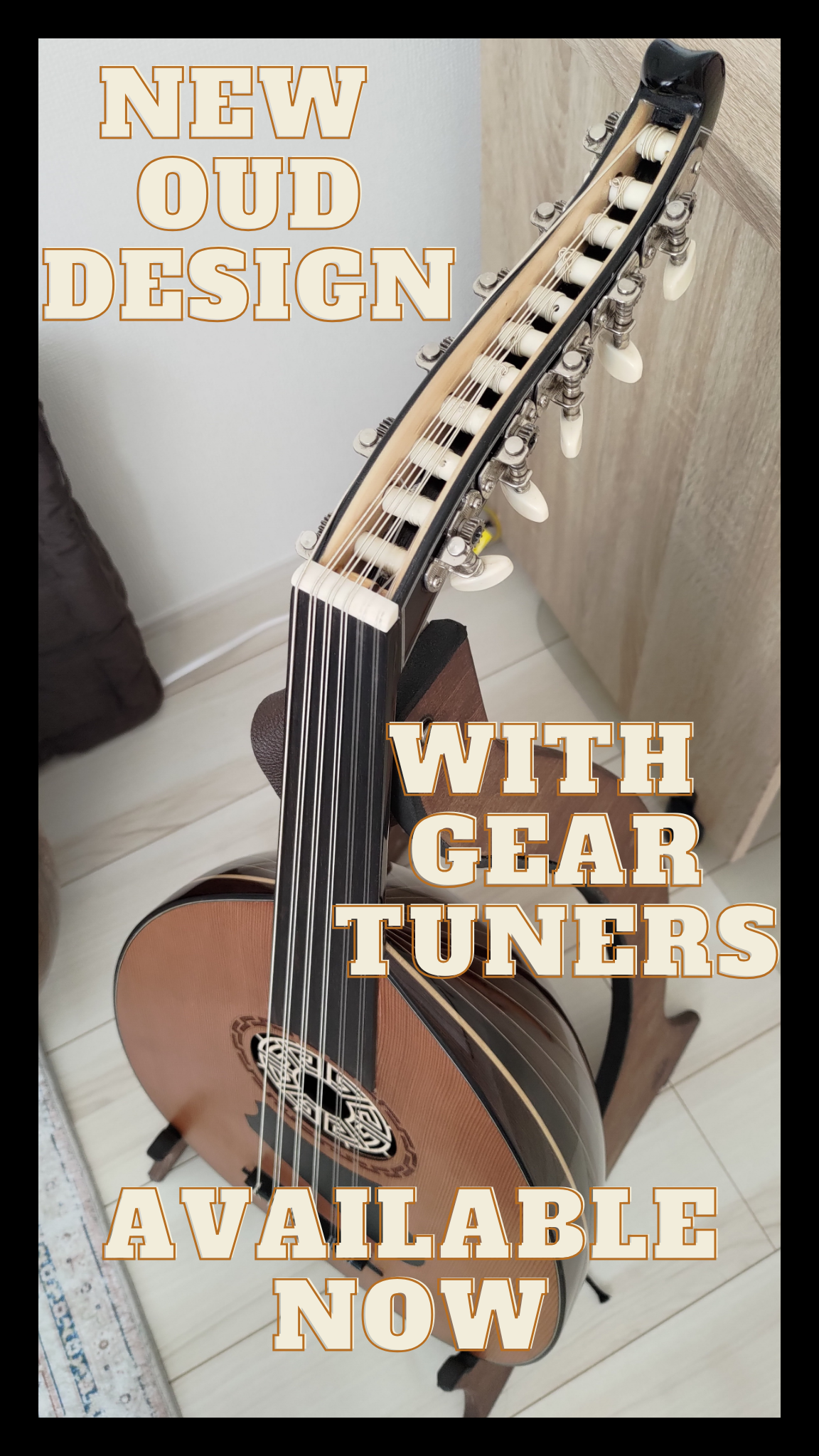
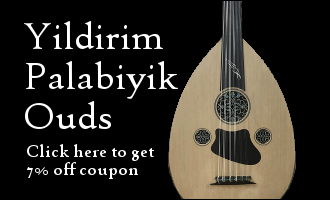
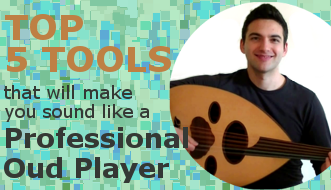
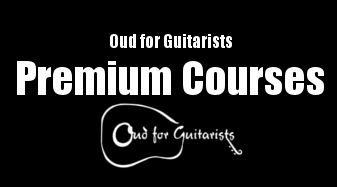
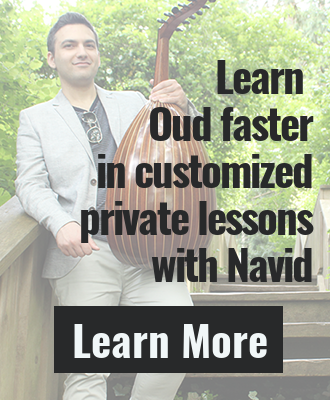
Thank you for another inspiring post with great use of analogy to explain taqsim. I really liked it.
Like others, I have long been dazzled by Farid el Atrash’s playing, and find the emphasis in his taqsims seems to build up tension culminating in resolution by use of speed and technique. I for one would cannot ever dream od playing at that level of speed or skill. Many oudists try to emulate his taqsims note-for-for-note. Those who are extremely gifted in speed and technique can replicate his most dynamic taqsims and are enjoyable to hear. However, for me, that is not the purpose of self-expression. Not implying every improvisation is or should be 100% original. I sometimes co-opt phrases from Farid and integrate them with others like Riad Sunbati and adding a few notes of my own, try to create a hybrid taqsim. I am not sufficiently proficient enough to create a bona fide original.
I like your comment about variance in style. Some folks use Farid as a benchmark and compare everyone else’ playing by that standard. Such views when they become fixations, do not reflect a deep understanding or appreciation of music. Finally, music as a subjective expression of feeling can be appreciates only by the listener within whose ear the sound resonates. It is best to offer expressions of preference without condemning other’s style
I like Farid’s form of playing, but I think it is more suited towards engaging a live audience, and I’m sure some would say it is definitely not the way to execute all taqsim. In the end taqsim has to come from your heart and reflect your inner condition. That is a fantastic way to learn, replicating different phrases and putting them into your own personal repertoire, they will eventually take on a life of their own, and be the building blocks to creating your own taqsim. Thanks for reading and commenting!
Thanks for the excellent post Navid. I liked the analogy regarding going to a party and how you relate a taksim to self expression. What do you feel the best source of inspiration for melodies is? Or, multiple sources…learning compositions, listening, etc.?
I think the best way is to really listen a lot. And when you find a taqsim you like and want to play that way, play along with the taqsim and try to replicate the sound. Do a call and answer thing as best you can. Some taqsim’s are too “busy” to do this with, but others are not. Learning compositions do help with learning how to modulate. You can replicate the same modulation pathways that you hear learn in compositions, but you would make it your own in your own taqsim and make your own melody.
I do think it good to listen, then replicate, then expand/create. I think that is what Wissam Joubran is referring to. Thanks for your comment!